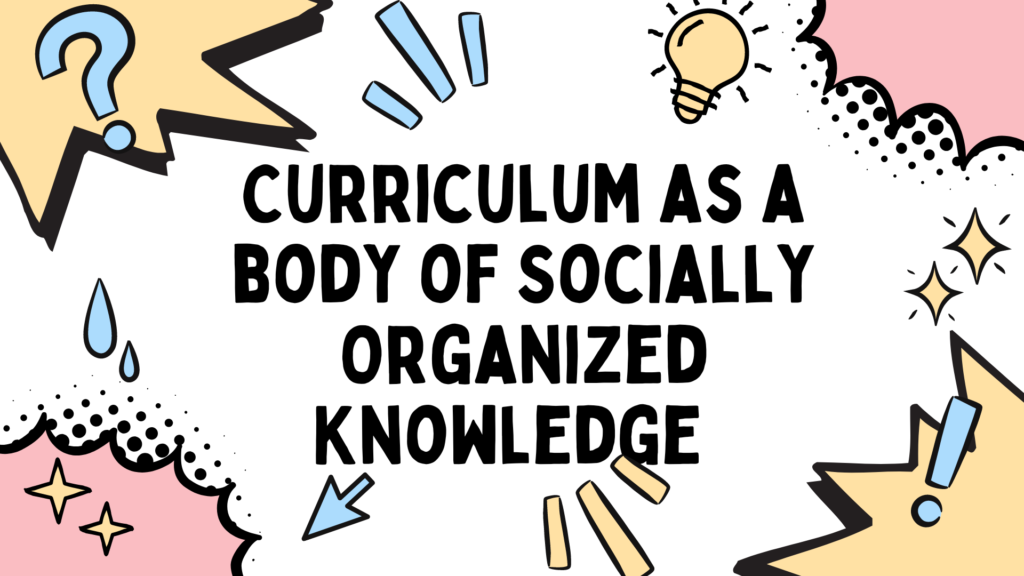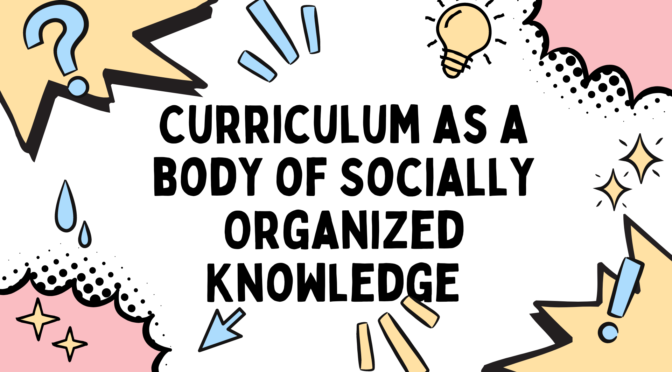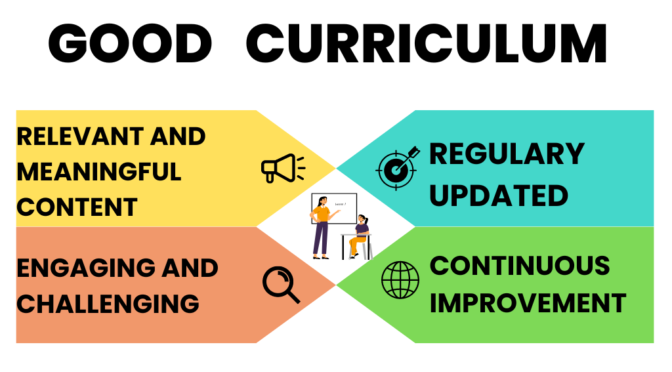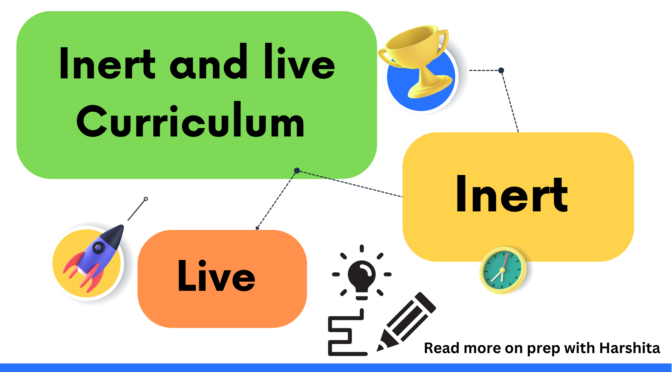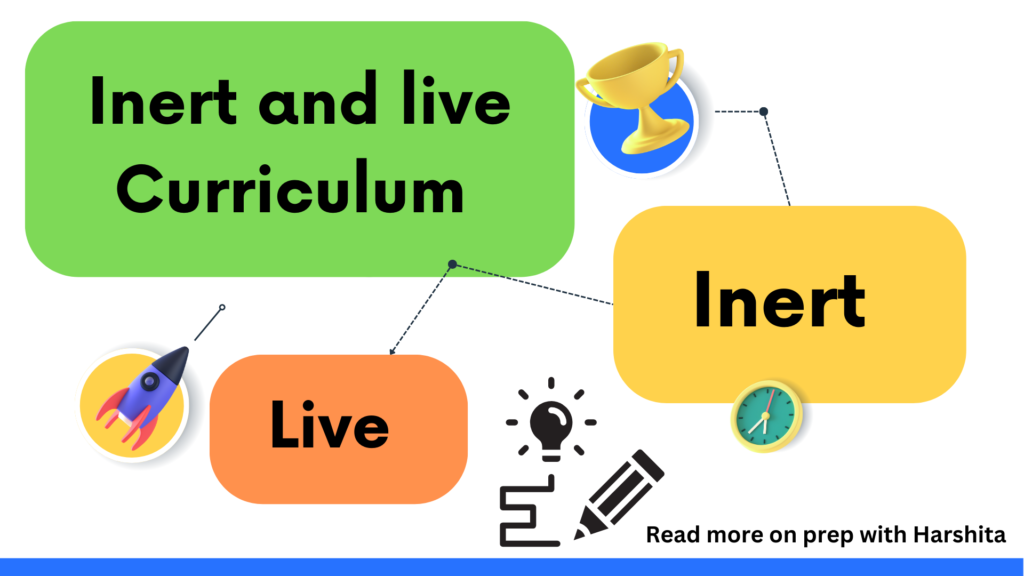Curriculum as a Body of Socially Organized Knowledge means curriculum can be viewed as a body of socially organized knowledge that is developed and presented to learners in a structured manner.
Few Points to Consider :
- This knowledge is not created in isolation, but is shaped by social, cultural, and political factors. In other words, curriculum is a product of the society in which it is developed and is reflective of the values, beliefs, and priorities of that society.
- The organization of knowledge in the curriculum is typically guided by the learning objectives and outcomes that are desired for the learners. The knowledge is arranged in a sequence that is appropriate for the age, grade level, and development of the learners.
- The curriculum content is often organized into subject areas, such as language arts, mathematics, science, and social studies, but can also include other areas such as the arts, physical education, and technology.
- The curriculum is also socially organized in the sense that it reflects the social and cultural values of the society in which it is developed. For example, a curriculum in a particular country may emphasize the importance of learning about the history and culture of that country, as well as the values and beliefs that are important to that society.
- The curriculum may also reflect political factors such as government policies and educational reforms.
- Curriculum development is a complex process that involves input from a range of stakeholders, including educators, policymakers, parents, and students. The curriculum is shaped by these stakeholders, who bring their own perspectives and priorities to the process. For example, educators may be concerned with ensuring that the curriculum is relevant and engaging for their students, while policymakers may be focused on meeting national standards and benchmarks.
Also Visit : Prep with Harshita
In summary, curriculum can be viewed as a body of socially organized knowledge that is developed and presented to learners in a structured manner. It reflects the values, beliefs, and priorities of the society in which it is developed, and is organized to facilitate learning among individuals in that society. Curriculum development is a complex process that involves input from a range of stakeholders and is shaped by a variety of social, cultural, and political factors.
Also Read : Inert and Live curriculum
